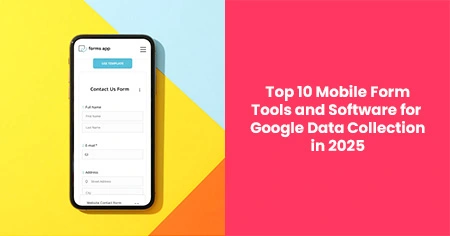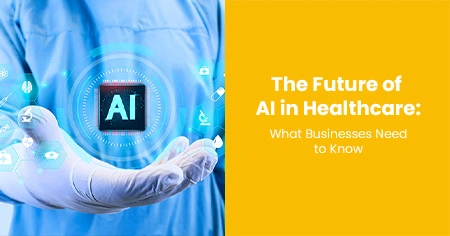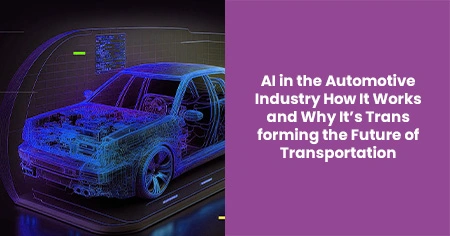As we approach 2025, educators, governments, and institutions face the challenge of fulfilling varied learning needs while embracing innovation.
From the rise of personalized learning powered by artificial intelligence to the incorporation of immersive technologies such as Virtual Reality (VR) and Augmented Reality (AR), the future classroom is taking shape in previously inconceivable ways.
Blockchain for certification, micro-learning for bite-sized teaching, and sustainability-focused curricula are transforming classrooms and defining the future of higher education.
Imagine a world where all students receive tailored help and inclusive learning opportunities, strengthen connections with teachers for improved supervision, and receive apt recognition and evaluation of their achievements.
This article delves into the Top 10 trends in AI and Education Systems for 2025, discussing their impact and potential for educators and students.
The following statistics say that:
- Approximately 90% of students who use ChatGPT for studying find it more beneficial than having a teacher.
- 50% of teachers utilize artificial intelligence for lesson planning.
- 89% of students admit to using ChatGPT for homework.
- With individualized learning, AI can boost retention rates by up to 30%. The global market for AI in education is estimated to grow to $5.57 billion by 2024.
Top AI Trends in Education 2025 to Watch
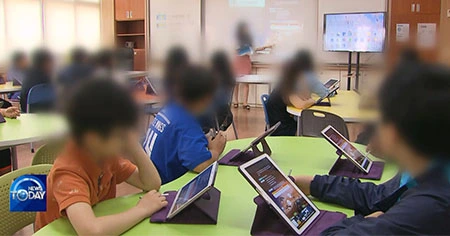
As we look forward to the AI learning system, several AI innovations in EdTech are transforming the landscape of corporate, school, and college education. They are:
Personalized learning experiences
The most well-known and recognized artificial intelligence trend in the education sector is the deployment of personalized learning routes that students can select based on their preferences and need. For example, there are many tools available online to help students with learning disabilities like math dysgraphia. Consequently, educational instruction is now wider than a one-size-fits-all strategy. In 2025, AI-powered adaptive learning technologies will be the primary tools used in educational institutions to create the most appropriate lessons and content for pupils. These will consider each student's preferred learning style depending on their needs.
Intelligent feedback and assessment with AI in education

AI-powered learning platforms are rapidly gaining popularity worldwide. They can provide interactive tutorials and virtual labs to facilitate the learning process. For students seeking homework help beyond traditional platforms, exploring chegg alternatives powered by AI can offer more personalized and affordable solutions. Expanding AI-based learning platforms will boost flexibility and accessibility in the education sector over time, while also influencing the AI impact on admissions by helping institutions better evaluate applicant potential and fit through data-driven insights.
Intelligent content creation and curation
Artificial intelligence will play an increasingly important role in creating and managing instructional content in the coming years. In 2025, smart content-generating systems will allow educators to create course materials with minimal effort, and AI web development learning will assist students in locating relevant academic resources.
AI will become a teacher's assistant by automating the development of quizzes, tests, and lesson plans. As a result, teachers can spend more time on other valuable tasks while aligning with the learning objectives.
AI-driven content creation tools will also improve multilingual education by producing content in languages other than the local language. Intelligent content curation will significantly impact locations where pupils speak various languages, and this will be an effective technique for helping everyone learn.
Ensure data security
This is one of the most important AI trends in education. Companies developing artificial intelligence apps will continue to prioritize protecting students' sensitive data and privacy. As machine-human interaction increases, more emphasis will be placed on protecting the user's data.
Focus on lifelong learning
AI will accelerate the transition to lifelong learning by developing platforms that cater to learners of all ages.
These platforms can provide reskilling and upskilling courses adapted to changing job market demands, encouraging a culture of lifelong learning.
Integration of AI tools
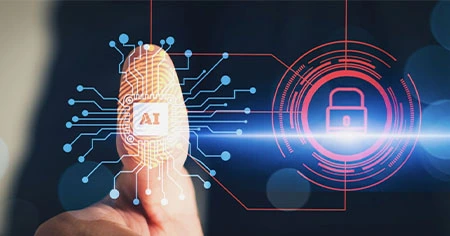
How about including artificial intelligence tools in the curriculum? AI tools can help schools and universities provide students with interactive simulations for training, teaching, and data analysis. Additionally, AV system design is an integral part of modern classrooms, enhancing AI-driven learning. Explore how classroom AV system design improves interactive education. These tools will help provide hands-on learning experiences in the coming years.
Networking & collaboration
Collaboration is one of the primary motivations for integrating artificial intelligence into education. This technology will provide increased exposure to learners through collaborative projects and interactions with industry professionals. Both networking and collaborative qualities will offer new opportunities.
Predictive analytics for early intervention
AI-powered predictive models will help identify kids in danger of dropping out or underperforming. Early warnings can lead to timely interventions, such as counseling or tutoring, to help pupils stay on course.





